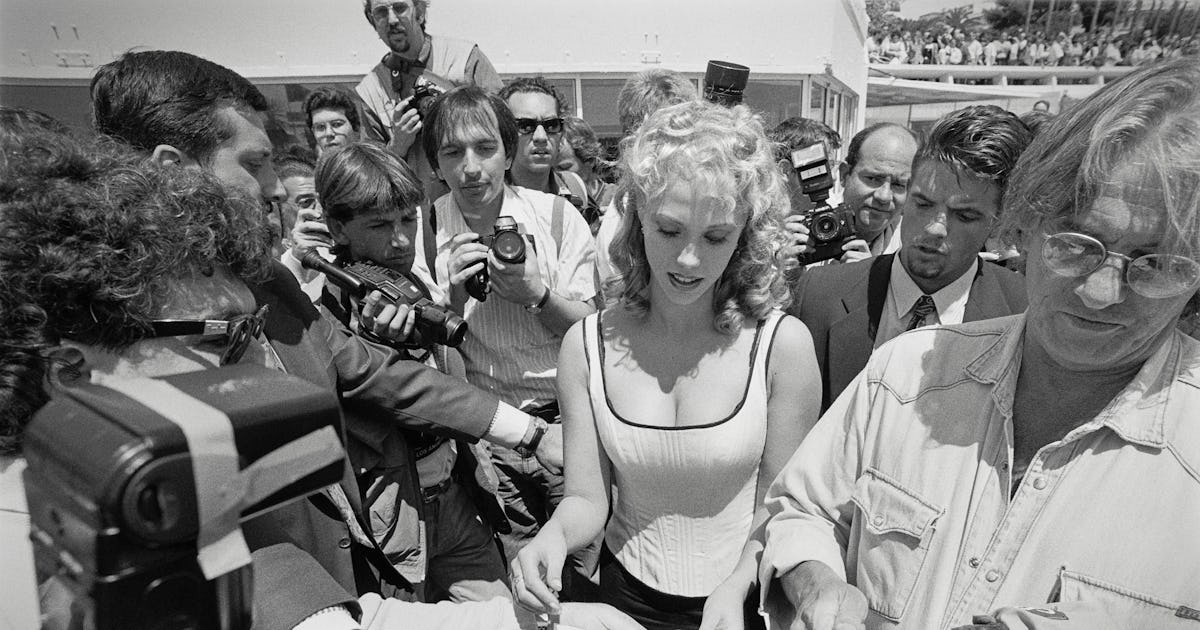Piaget Re-Establishes the Gold Standard with the Polo 79
The original Piaget Polo encapsulated a time of innovation and expansion for the brand. Originally launched in 1979, the piece was an homage to sport. Now, over four decades after the model’s debut, Piaget brings the classic back for new audiences — introducing new, timely updates. Technical adjustments emerge, but the same lustrous 18-carat gold icon remains. In the ‘80s, unexpected trends took over the scene and defied fashion boundaries. A wider cultural shift ensued, and along with that came the integration of sports and fashion. Casual athleisure began to make its mark on consumers, and sports, like polo, grew in popularity. Continuing to evolve with its ever-growing market, Piaget rolled out a style that could cater to those who wanted dress watch options with useful functionalities, like waterproof and shockproof features. Though many sports-oriented watches take on more utilitarian, sometimes bulky, aesthetics, the Maison wanted to prove that elegance can exist in the world of sport. The result was none other than the Polo 79.Other watchmakers had just started to experiment with steel-based sports watches, but they all looked different from the Polo 79, which functions as a timekeeper and sleek bracelet all in one. Additionally, the piece comes in full gold, making it an eye-catching addition to any formal or everyday look. Yves Piaget, who was at the helm of the brand when launching the Polo, was known to be an equestrian, and he poured his love for the sport into this style; the silhouette could exist at the polo club and integrate easily into classy, night-out ensembles. Particular aesthetic choices throughout the timepiece exude an understated refinement. The watch displays alternating gadroon and brushed block links, which continue uninterrupted from bracelet to case to dial. This created a look as if it were sculpted from one single piece of gold. And though it is both water resistant and shockproof, it maintains the sophisticated qualities of all other Piaget offerings. Regarding mechanical updates, new features include an updated 1200P1 in-house, self-winding calibre and an enlarged 38mm crystal case. This has transformed over time, as in 1976, Piaget had just launched the famous 7P ultra-thin movement, which powered each early version of the Polo. By the 80s, thinner, updated 8P and 9P systems were included in newer models. The silhouette became so popular that Piaget started creating different variations and colorways: round, square, gem-set — even a leather strap graced the Polo to give customers some options. These iterations brought the style into contemporary times, reconfigured to exist within modern trends, though, at its core, it is timeless. To learn more about the Piaget Polo 79 re-release and its refreshed qualities, visit piaget.com.Read more at Hypebeast


The original Piaget Polo encapsulated a time of innovation and expansion for the brand. Originally launched in 1979, the piece was an homage to sport. Now, over four decades after the model’s debut, Piaget brings the classic back for new audiences — introducing new, timely updates. Technical adjustments emerge, but the same lustrous 18-carat gold icon remains.

In the ‘80s, unexpected trends took over the scene and defied fashion boundaries. A wider cultural shift ensued, and along with that came the integration of sports and fashion. Casual athleisure began to make its mark on consumers, and sports, like polo, grew in popularity. Continuing to evolve with its ever-growing market, Piaget rolled out a style that could cater to those who wanted dress watch options with useful functionalities, like waterproof and shockproof features. Though many sports-oriented watches take on more utilitarian, sometimes bulky, aesthetics, the Maison wanted to prove that elegance can exist in the world of sport. The result was none other than the Polo 79.

Other watchmakers had just started to experiment with steel-based sports watches, but they all looked different from the Polo 79, which functions as a timekeeper and sleek bracelet all in one. Additionally, the piece comes in full gold, making it an eye-catching addition to any formal or everyday look. Yves Piaget, who was at the helm of the brand when launching the Polo, was known to be an equestrian, and he poured his love for the sport into this style; the silhouette could exist at the polo club and integrate easily into classy, night-out ensembles.

Particular aesthetic choices throughout the timepiece exude an understated refinement. The watch displays alternating gadroon and brushed block links, which continue uninterrupted from bracelet to case to dial. This created a look as if it were sculpted from one single piece of gold. And though it is both water resistant and shockproof, it maintains the sophisticated qualities of all other Piaget offerings.

Regarding mechanical updates, new features include an updated 1200P1 in-house, self-winding calibre and an enlarged 38mm crystal case. This has transformed over time, as in 1976, Piaget had just launched the famous 7P ultra-thin movement, which powered each early version of the Polo. By the 80s, thinner, updated 8P and 9P systems were included in newer models. The silhouette became so popular that Piaget started creating different variations and colorways: round, square, gem-set — even a leather strap graced the Polo to give customers some options. These iterations brought the style into contemporary times, reconfigured to exist within modern trends, though, at its core, it is timeless.

To learn more about the Piaget Polo 79 re-release and its refreshed qualities, visit piaget.com.





























































































































































































































































